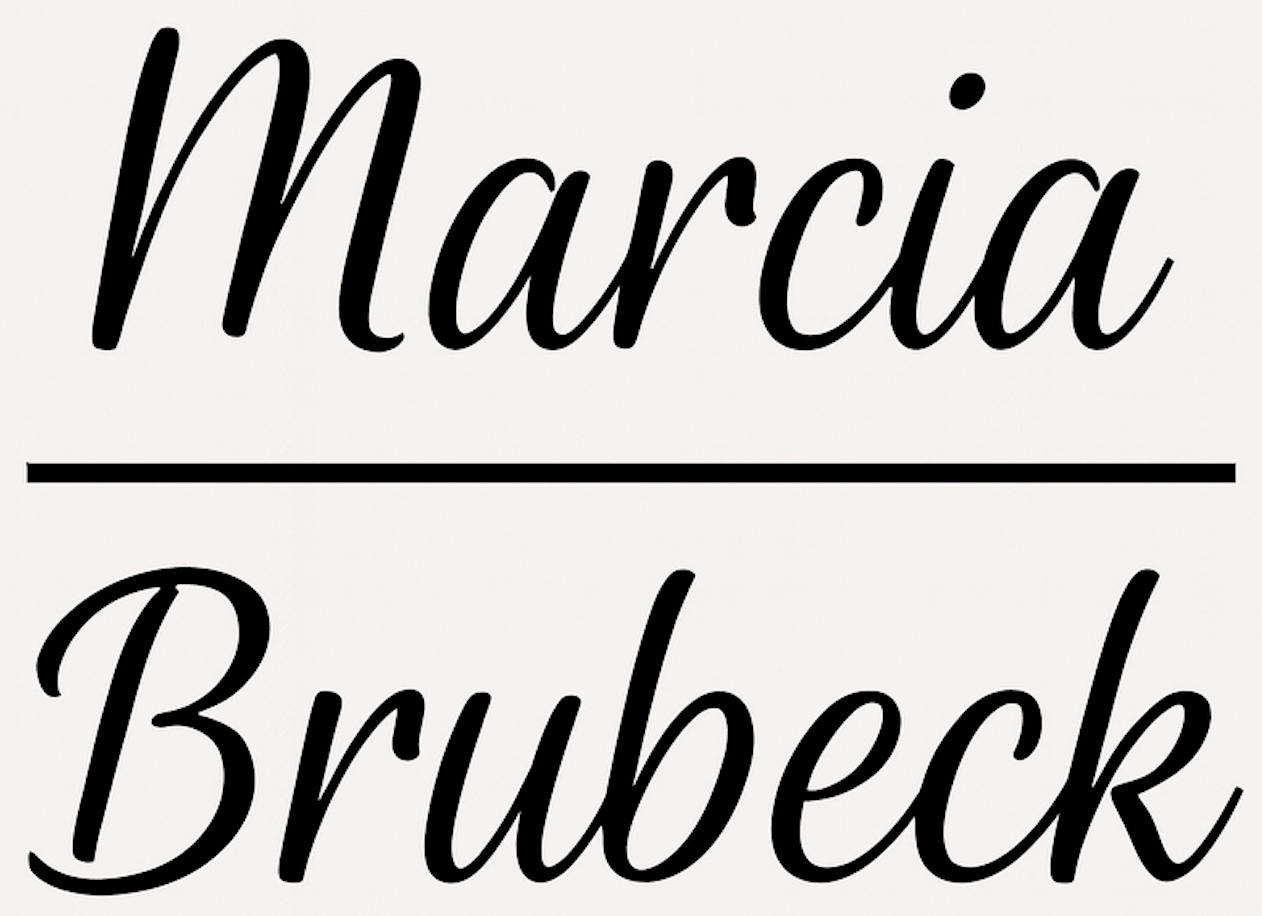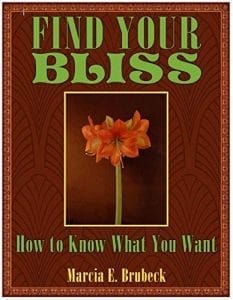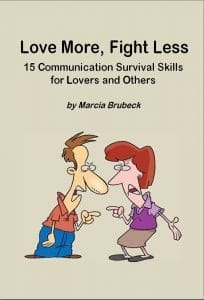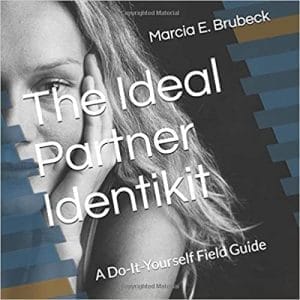
Online Dating Do’s and Don’ts
As a way of meeting a long-term partner, online dating sites are now second only to meeting through friends. This short guide includes some extra information to help older daters feel more comfortable with this still relatively new way of finding a companion.
If you’re looking for something, it always helps to know what you want. Write a profile of your ideal partner. Ask yourself which qualities are essential from your point of view and which are optional. Try to be as open minded as possible. If you proceed cautiously, you can make online dating fit your needs.
There’s no substitute for a face-to-face meeting. The chemistry between two people involves appearance, posture, gestures, scent, and voice. The interaction of these factors and others defies quantification and cannot readily be put into words. Treat online dating as a winnowing process. Your aim should be to find prospects worth interviewing up close and personal.
Some of the sites match users by means of algorithms, but there’s no evidence that the shared characteristics are important ones. From an online description you can’t size up your prospects accurately or determine compatibility. Photos can be helpful, but they may be dated, inaccurate, or even false. The same goes for the information provided in profiles.
The scientific claims of the online sites regarding their success at matching people have not been substantiated. The sites also do not provide good information about how many subscribers they have in different age cohorts.
Although they provide access to more potential partners than other, more traditional dating methods do, there are some drawbacks to online dating. The act of browsing and comparing many profiles can become like looking at retailers’ online catalogs. Do you want the red hair or the blond? There’s a numbing effect.
According to some research, people tend to be less satisfied when they choose from many possibilities than when they choose from six or fewer.
Picking a dating site
Consider using more than one online dating site at a time, and change sites now and again. There are free sites (OKCupid) and paid sites (Match.com). There are generalist sites (eHarmony) and specialty sites (JDate). Niche sites include: sparkology.com (young professionals); tastebuds.com (music); BlackSingles; DateHarvardsq; Dating4Disabled; and VampireLovers.
Some sites try to round up older folks: SeniorPeopleMeet and OurTime are two examples. The pool of prospects for older daters is smaller than that for younger ones. Studies indicate that we have the biggest pool of prospective partners when we are still in school. Wikipedia lists a large number of currently operating online dating sites with thumbnail descriptions.
Once you have decided on one or two sites, get at least one anonymous email address (perhaps from Yahoo or Hotmail). Be sure the “from” line does not identify you by your real name.
A Google voice number will forward calls to any phone you pick. The number is not trackable, and voicemail will arrive, transcribed phonetically, in your email. Alternatively, take calls on a prepaid cell phone. Create an anonymous outgoing message until you know that the caller is who he or she claims to be.
Preparing a profile and selecting photos
When you first subscribe, you will need to create a user name, write a profile, and add photos. Pick a name that reflects your personality but isn’t racy. Steer clear of words like “cuddly” and “lusty” if you’re looking for a committed relationship.
Create a short tag line that makes your profile distinctive.
Don’t skimp on your profile. Keep it upbeat and positive. To start your relationship off on the right footing, be honest. In particular, don’t lie about your age, your height and weight, or your marital status.
Avoid identifying yourself, not just by name or birth date, but also by information so specialized that anyone could find you readily using Google (widowed labor lawyer in Manchester, for example).
Before you start writing, pick three short traits you want to convey: loyalty, intelligence, and professional success, for instance. Then be sure that the information you give sends these messages.
Use the site’s search feature to check out the competition and see what others of your age, gender, and inclination are saying about themselves.
Include at least ten interests. Be specific with your details about food, books, and/or movies. You will be especially memorable if you tell a story and stop before the end: “There I was, trapped on an ice floe with a polar bear, and I’ll have to tell you in person sometime what happened next.”
Truisms make you look mentally impoverished: “I love to laugh.” Who loves to cry? “I love walks on the beach by moonlight” sounds especially dumb when you both live inland.
Include a call to action (email me if . . . ; message me if . . . ). Avoid spelling errors and grammatical mistakes. At best they make you look careless, at worst, illiterate and stupid.
Whether you are reading profiles or writing one, watch out for undesirable innuendo. Someone who asked for no “baggage from past relationships” spent most of a first face-to-face meeting describing a fistfight with an ex’s lover. Other examples: “No drama!” “Life is too short for holding grudges!”
Avoid mentioning your responsibilities as primary caregiver for that elderly maiden aunt. You may think the labor of love shows how loyal and responsible you are, but a prospective partner may sense the possibility of interference with your budding relationship.
Don’t hint at the sex life you want. Men gross women out this way. Women make themselves sound available for one-night stands. People who do want one-night stands can consult Google to find them.
Photos are very important. You are said to be sixteen times more likely to get a response with photos than without. They should be recent and in color. Include the date when they were taken. Make sure the lighting is good.
Keep the focus on you. Omit your children, grandchildren, pets, the opposite sex, and pictures of landscapes (etc.) in which you do not appear. Selfies are lame.
Smile! Don’t call yourself “fun-loving” and then put up photos in which you look as if you’re attending a funeral.
No dark glasses. Look straight at the camera. You want to engage the viewer. Professional shots are okay, but include some informal snapshots of you doing something.
Include head shots but also full body shots, maybe also a couple of action shots, for perhaps a total of five to seven shots.
Change outfits. Wear light, solid colors, not small-patterned prints. Women should avoid covering themselves up to the chin. The color red is statistically associated with female desirability.
Men look best in colors that harmonize with their skin tone. Get your hair cut and your beard or mustache trimmed. Minimize that paunch. Wear pressed trousers and a shirt that buttons. Men should avoid showing lots of skin, which suggests an invitation to sex and is a turnoff to women (but maybe not to other men).
You want to look like someone who takes good care of himself (or herself). Your safety increases if your user name and photos cannot be found elsewhere on the Web.
The attention you pay to creating your profile hints at your seriousness about finding an appropriate partner. Need help with photos? Recruit a friend to snap a zillion shots, then pick the best ones.
After you have finished, test your profile. Ask some trusted friends to read it, view the pictures, and give you feedback.
Update often. Information can get old and make you look shop worn (references to Christmas at Easter, for instance). Some sites feature you each time you add information or photos.
Some sites invite you to answer questions about your preferences in various areas. Approach these with lots of salt. You may find some topics a violation of your sense of privacy or decency. You may also find yourself wondering what the questions have to do with anything. Who decides whether or not “Y’all got issues”?
Making Contact
On-site emails can be useful as preliminary ways of getting to know someone. At the start, offer some information but not too much and not too heavy, and ask a question.
Keep paragraphs short and easy for the viewer to scan. People read emails at lightning speed, and the eye tracks left to right in a zigzag pattern down the screen. You can reply promptly to emails. Don’t worry about seeming overeager.
To avoid scams, watch out for suspicious behavior: flowery language, immediate demands for your off-site contact info, sounding too amorous too fast, and requests for your social security number or credit card. Do not give money to strangers!
The better sites will investigate complaints from subscribers and will terminate scammers. If need be, you can always go to www.whois.com, find out who owns the domain, and contact him or her.
You can weed out the creeps by blocking, deleting, or simply saying that you are not interested. A tactful, elegant solution is to say that you have just met someone and are waiting to see how the relationship develops.
If you’re going for phone contact, make that call as soon as you can. Speak by phone before getting together for the first time. Whether you are a guy or a girl, it’s okay to take the initiative in suggesting a phone call or a date.
When you decide to shift to off-site emails, be careful not just about what you write but also about what photos and other images you send. Digital words and images cannot be retrieved once they have been sent, and they are easy to distribute!
Remember that your goal, if the person seems interesting, is an in-person meeting as soon as feasible, since there’s no other proven way to determine compatibility. If you wait more than three weeks to meet, the fantasies you and the prospect have created about each other will make the reality seem disappointing.
Pick a public place for the first meeting. Plan a way of making your escape early if you want to. Make the first meeting short, sweet, and inexpensive. You can always extend the date if all goes well.
If you drive your own car and are really nervous, park out of sight of the meeting place. Or drive someone else’s car.
Use only your first name until you feel safe. Tell a trusted friend or relative where you are going and when you expect to return. Take along your cell phone, charged and ready for action. Wait until at least the second date before arranging to be alone together.
General Pointers
Remember that weekends are prime time for visits to online dating sites. Log in frequently. Some sites indicate how recently you have been online. Information about the number of times someone has visited your profile can suggest which people are more interested in you.
Check out the people who have checked you out. A large number of visits to your profile may indicate interest plus bashfulness.
If the site uses algorithms, do your own searches as well to find possible matches. Vary parameters such as distance to cast your net more widely. For example, consider anyone within 100 miles rather than just within 30 miles.
Watch for red flags. Examples:
No photo (is he or she married or hiding something?)
Someone who is not still active on the site
Someone who is in a foreign country or is impossibly far away
Someone who is married or legally separated (not free to commit)
Someone in a hurry to get your personal contact info who wants to move off the dating site more or less immediately
Someone who becomes too amorous too fast
Someone who doesn’t want to meet live and in person, even though he or she is just around the corner
A Don (or Donna) Juan who wants you to call a cell phone number immediately. You can Google the number and see whether others have made complaints about it
“I’ll tell you later” and the omission of standard information, for example, about education or relationship status. Such gaps usually mean that the writer has something he or she doesn’t want you to know right off the bat. Even worse is no profile at all: the entire person is missing. This may be a sign that the writer, unhappily married, is window shopping.
Too many rules for a prospective match. Some rules are inherently off-putting: “seeking a clean, drug-free woman.” People who insist that you act cheery no matter what may feel overwhelmed when other people express feelings and may be unable to take responsibility for themselves. Too many rules may tell you that the writer is rigid. Good relationships require good communication skills and good boundaries.
Too little experience with long-term relationships. You can expect a shorter list of romantic partners from someone in his or her twenties than from someone aged forty to sixty, but even in a casual companion, a history of liaisons lasting months rather than years may tell you that the person doesn’t know how to forgive, negotiate, or accommodate.
Once you have someone’s full name, Google it. Better informed than sorry. An online checking service is www.MyMatchChecker.com. You can also go to your state’s judicial website and search for evidence of legal proceedings.
Keep a database, hard copy file, or both about your matches—their profiles, their contact information, notes about your chats, and whatever facts you need to distinguish one candidate for your affection from others. If someone gets back in touch with you after a hiatus, he or she will be impressed that you “remember” so much personal data.
On the dating websites, ignore people you know in real life unless you want to date them.
Conclusion
Take breaks from online dating. Make sure you are meeting your social and recreational needs in other arenas. Have lots of baskets for your eggs.
If you feel you are getting only frogs and no royalty, don’t take it personally. Remember that the profile conveys relatively little information about you the human being. Keep your sense of humor. Honor your common sense. Have faith. After all, it only takes one.





